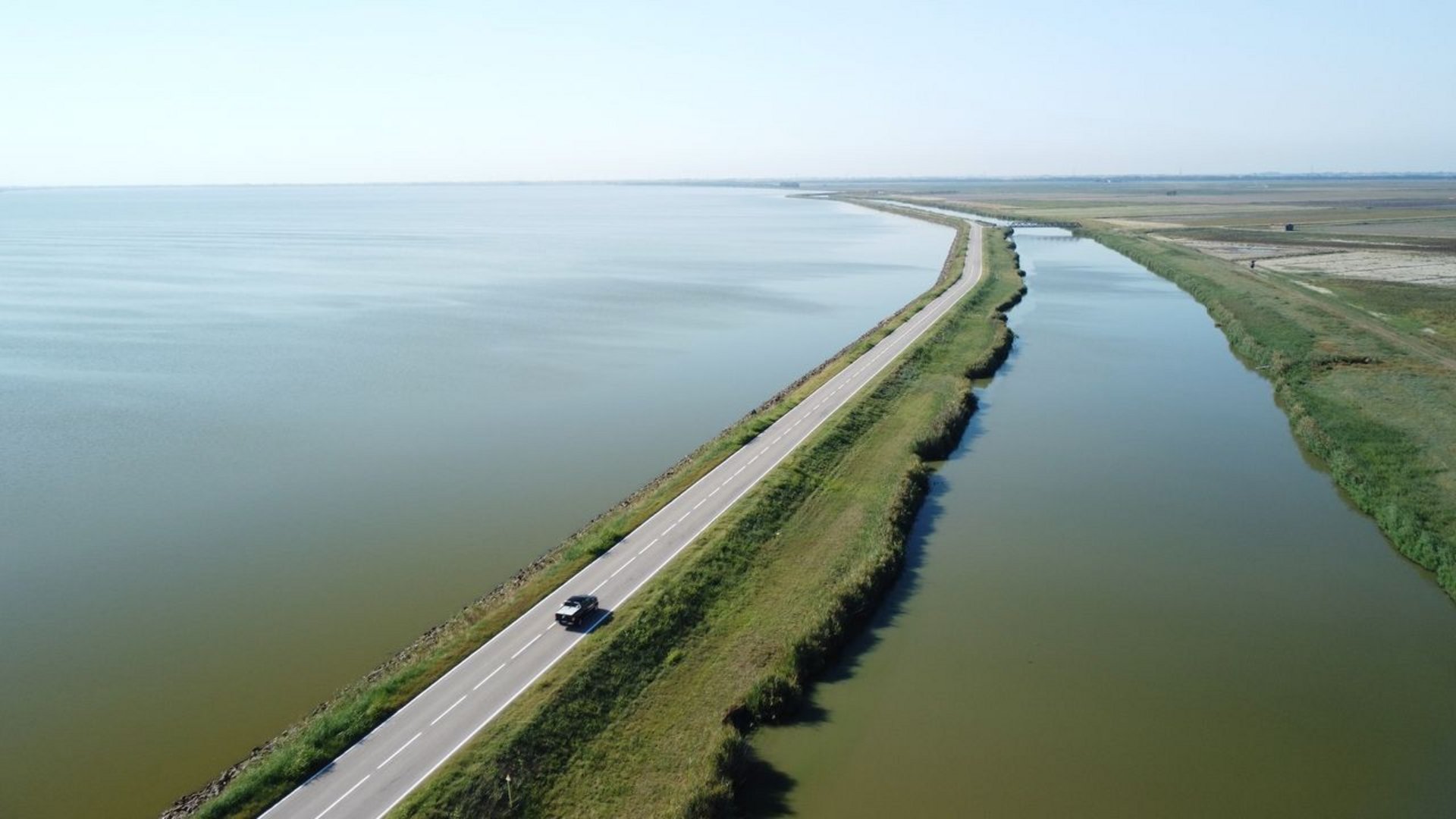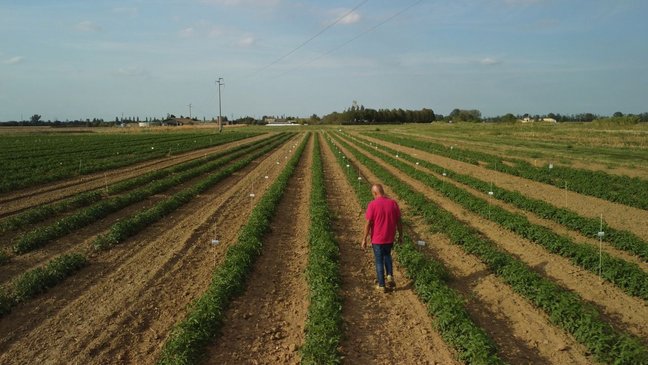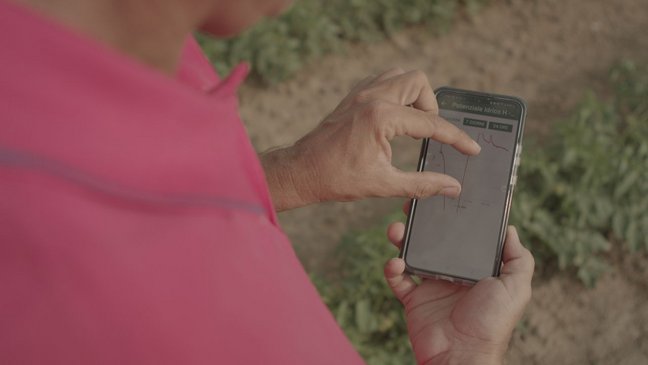Water is a key resource for processing tomatoes. Careful water management is increasingly important from both economic and environmental sustainability perspectives, especially in light of current climate change.
In fact, according to the National System for Environmental Protection (Sistema Nazionale per la Protezione dell’Ambiente (SNPA)), temperatures in the Mediterranean area will increase in the coming years. This phenomenon will occur throughout the seasons, but it will peak during summer. As a consequence, it will lead to fewer days with frost and cold nights and an increase in warm days and tropical nights. As for rainfall, a slight reduction is expected nationwide, but this may result in marked local droughts. In addition, the temporal distribution of rainfall is expected to change with extreme rainfall events alternating with even longer droughts. These changes are already taking place and are having consequences on the hydrological cycle, leading to reduced surface and groundwater resources and numerous episodes of meteorological, hydrological, and agricultural droughts. The agricultural sector is one of the most affected by climate change because of the risk of water scarcity. Therefore, efficient resource management is vital to reduce the agricultural sector’s vulnerability.
In this regard, OI Pomodoro da Industria del Nord Italia has been prescient by investing in water conservation (both in the cultivation and in the processing stage) since 2013. Summary data allows for assessing the supply chain’s improvements on this point. This study considered three representative products of the supply chain: tomato pulp, tomato puree, and tomato concentrate. From 2013 to 2021, there has been a reduction of 56%, 64%, and 60%, respectively, of the liters of water used for the process that includes cultivation and tomato processing per one kilogram of the final product (AMBIENTE ITALIA, 2023; LIFE PREFER, 2015).
Specifically, for the cultivation phase, water consumption has decreased from 18 L/kg of tomato to 7.5L/kg of tomato, a reduction of about 60% (AMBIENTE ITALIA, 2023; LIFE PREFER, 2015). This was achieved through a series of investments that enabled more efficient resource use. In fact, micro-irrigation has already replaced old irrigation systems, leading to a reduction in water consumption of about 25-30%. In addition, systems are now automated and remotely programmable. Finally, the use of DSS (Decision Support Systems) has become widespread: these are tools that have become faster, simpler, and more accessible over time. These precision farming software, through the use of soil moisture probes, provide the operator with a real-time evaluation of the field, as well as suggestions on water management. A connection of the DSS to the irrigation system can automate the process, and the farmer can monitor the status of the field and operations from a cell phone by interacting with the DSS.
As seen, we have taken significant steps towards a more efficient use of water resources in the cultivation of processing tomatoes. Further improvements in performance will require even more thorough work. First and foremost, more efforts can be made to encourage the use of DSS. To improve the effectiveness of this software, it will also be necessary to invest in a suitable shed network so as to achieve good spatial resolution of weather data. Another improvement that can be made to DSS is to introduce automatic detection systems that would enable the tool to detect what actions were actually implemented by farmers. With automatic detection, the DSS could know what has already been implemented in the field and then adjust advice to the actual situation without the operator having to manually enter any data.
Regarding the tomato processing phase, we reduced 40-45% of water consumption from 2013 to 2021 to produce tomato pulp, tomato puree, and tomato concentrate (AMBIENTE ITALIA, 2023; LIFE PREFER, 2015). This was possible due to the large investments we made to reduce water consumption and improve water discharge quality. As a matter of fact, in the processing phase, water is used in two ways: as a thermal carrier and as a transport carrier for fresh tomatoes.
In the first case, we’ve implemented condensation towers to recover the water extracted from the tomato during the processing stage and then use it for cooling, thus reducing consumption from the well or aqueduct. In the second case, all the water used in the plant is filtered and reused for drainage and transportation of the fresh tomatoes to the first washing treatment. In addition, the tomatoes reach the production lines by gravity, also consuming less energy. Finally, the most important innovation is the one related to the purification plants. Through micro-ventilation systems, the obtained activated sludge is more oxygenated and, therefore, it performs better. This has reduced the time needed to purify water and improve its quality. As a consequence, the same water can be recycled several times in the plants before being purified one last time and finally discharged. As for the future, processing companies are already equipping themselves with mechanical recompression evaporators that use a closed circle and thus save much more energy and water.
Sources:
AMBIENTE ITALIA, 2023. Studio LCA della filiera dell’industria del pomodoro confezionato in Italia.
LIFE PREFER, 2015. La Product Environmental Footprint di passata, polpa e concentrato di pomodoro nel distretto produttivo OI Pomodoro da Industria Nord Italia.
SNPA, 2021. Rapporto sugli indicatori di impatto dei cambiamenti climatici – Edizione 2021. Report SNPA 21/2021


